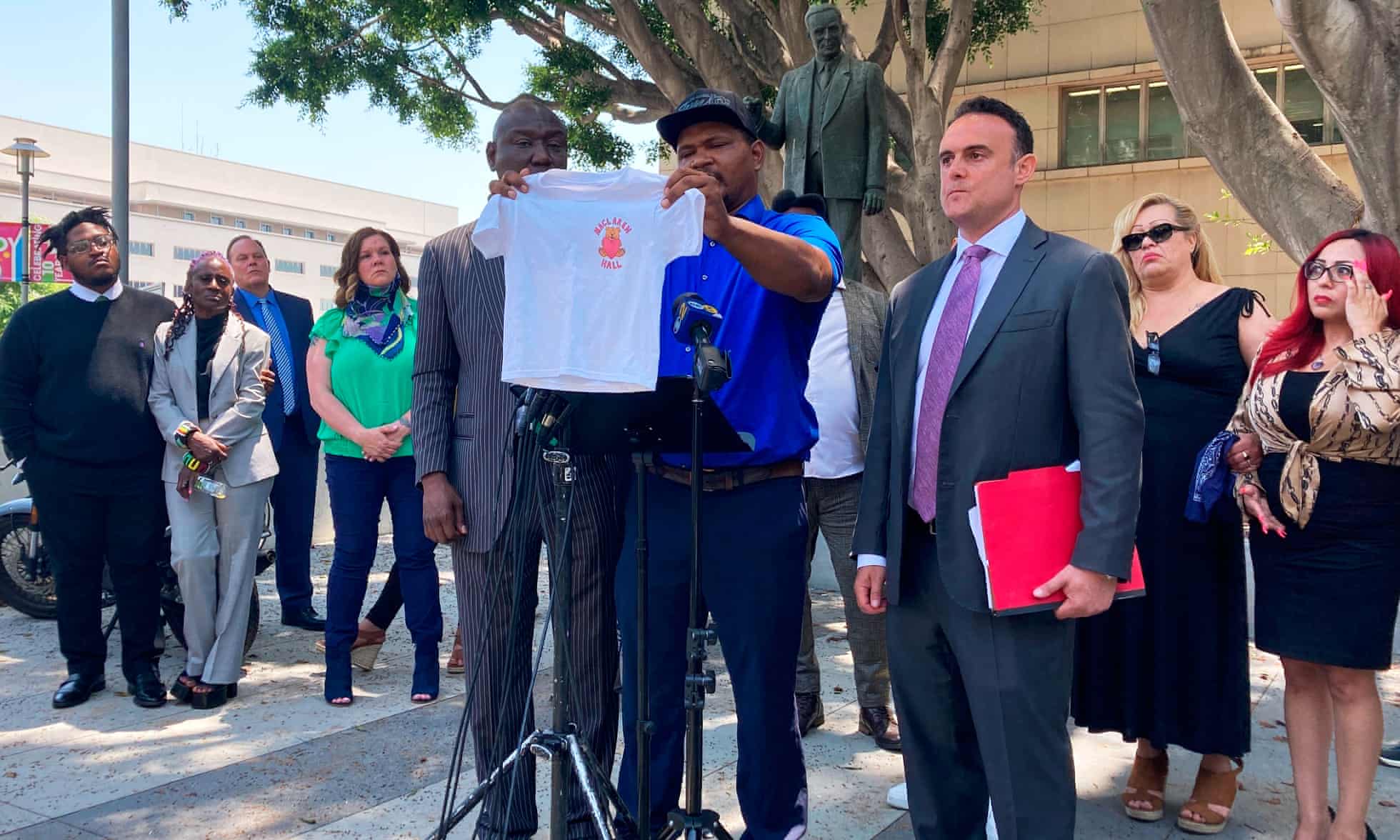 Over the weekend, a horrific fire swept through a Bangladesh clothing factory, killing more than 100 workers, many of whose bodies were burnt so badly that they could not be identified. In its gruesome particulars — locked doors, no emergency exits, workers leaping to their deaths — the blaze seems a ghastly centennial reenactment of the Triangle Shirtwaist fire of 1911, when 146 workers similarly jumped to their deaths or were incinerated after they found the exit doors were locked.
Over the weekend, a horrific fire swept through a Bangladesh clothing factory, killing more than 100 workers, many of whose bodies were burnt so badly that they could not be identified. In its gruesome particulars — locked doors, no emergency exits, workers leaping to their deaths — the blaze seems a ghastly centennial reenactment of the Triangle Shirtwaist fire of 1911, when 146 workers similarly jumped to their deaths or were incinerated after they found the exit doors were locked.
The signal difference between the two fires is location. The Triangle building was located directly off New York’s Washington Square. Thousands watched the appalling spectacle of young workers leaping to the sidewalks 10 stories down; reporters and photographers were quickly on the scene.
It’s not likely, however, that the Bangladesh disaster was witnessed by anyone from either the United States or Europe — the two markets for which the clothes made inside that factory were destined. For that, at least, Wal-Mart should consider itself fortunate.
The Bangladesh factory supplied clothing to a range of retailers, and officials who have toured the site said they found clothing with a Faded Glory label — a Wal-Mart brand. Wal-Mart says that the factory, which had received at least one bad report for its fire-safety provisions, was no longer authorized to make its clothing but one of the suppliers in the company’s very long supply chain had subcontracted the work there “in direct violation of our policies.”
More...





 Ukraine's President Volodymyr Zelenskiy confirmed for the first time on Monday that Ukrainian troops have been...
Ukraine's President Volodymyr Zelenskiy confirmed for the first time on Monday that Ukrainian troops have been... Los Angeles county has reached a $4bn agreement to settle nearly 7,000 claims of sexual abuse...
Los Angeles county has reached a $4bn agreement to settle nearly 7,000 claims of sexual abuse...






























